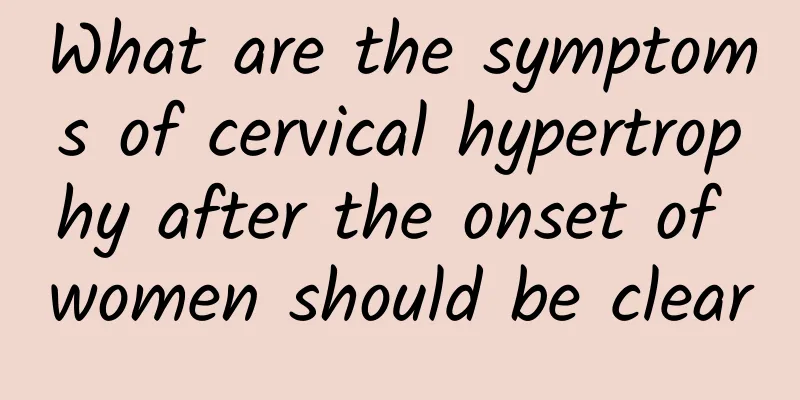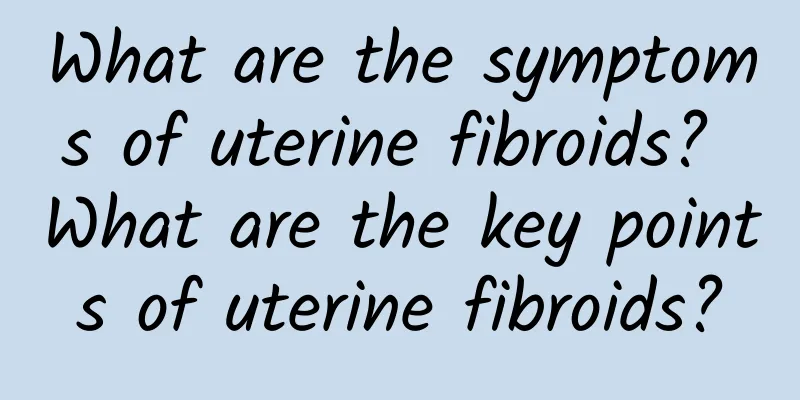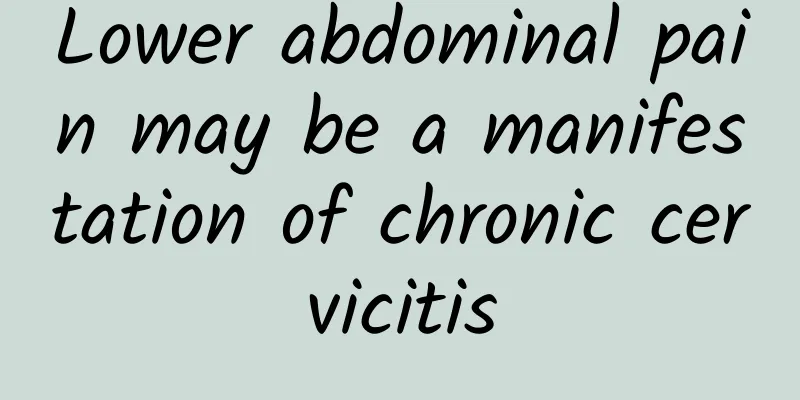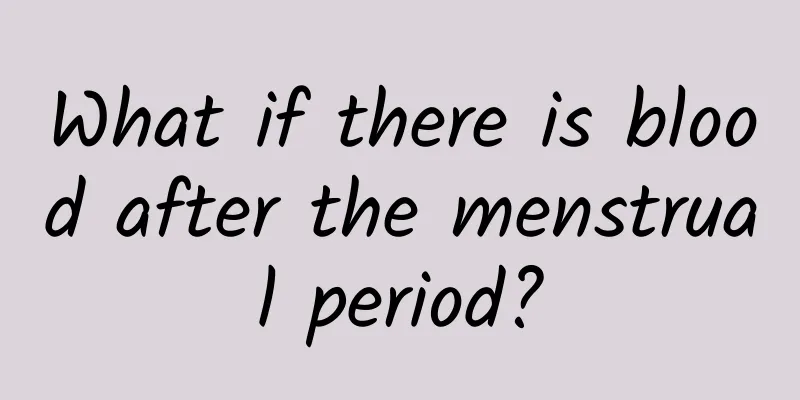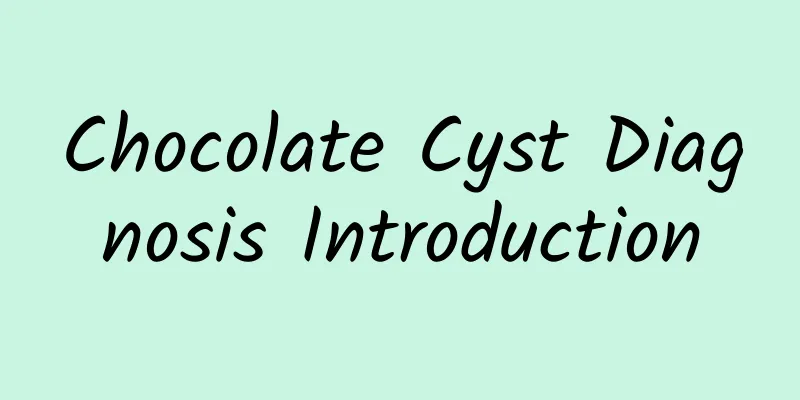Can I take a sitz bath for pelvic inflammatory disease? What are the methods to treat pelvic inflammatory disease?
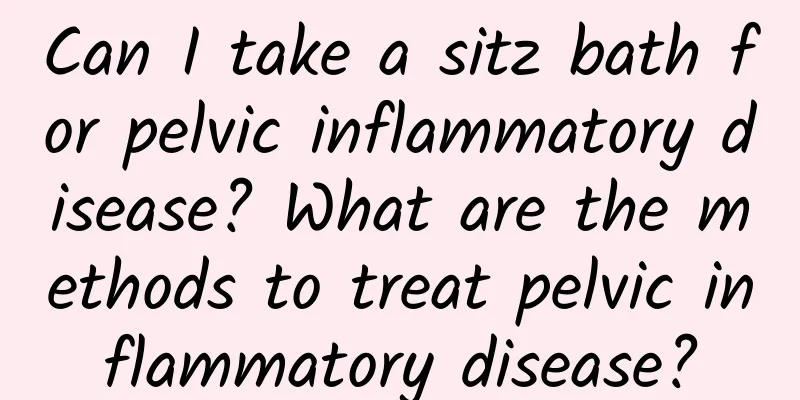
|
Female friends all know that it is not suitable to take a bath in a tub during menstruation, because bacteria can easily enter the pelvic cavity through the dilated cervix. So, can you take a bath in a tub if you have pelvic inflammatory disease? What are the methods for treating pelvic inflammatory disease? When the female pelvic reproductive organs and the surrounding connective tissue and pelvic peritoneum become inflamed, it is called pelvic inflammatory disease. Acute pelvic inflammatory disease is a rapid onset and severe condition, and may cause lower abdominal pain, fever, chills, headache, and loss of appetite; chronic pelvic inflammatory disease has systemic symptoms such as sometimes low-grade fever and fatigue. Bathing during menstruation is one of the common causes of pelvic inflammatory disease. During menstruation, the body's resistance is reduced and the lower body is soaked in water. The pathogenic bacteria in the water can enter the internal reproductive organs through the vagina. If you swim during menstruation, it is easier for the bacteria in the water to enter the vagina, and then enter the uterus and fallopian tubes, causing inflammation. For patients with pelvic inflammatory disease, flushing is more effective than bathing. Bathing water will come into contact with other parts of the body and can cause vaginal infection, so it is best not to bathe in a bath. Although pelvic inflammatory disease is very harmful, there are many ways to treat it: 1. Traditional Chinese Medicine treatment: Using traditional Chinese medicine to treat pelvic inflammatory disease can achieve the effect of treating both the symptoms and the root cause. Traditional Chinese medicine and Chinese herbal medicine can treat pelvic inflammatory disease to achieve the effect of promoting qi and activating blood circulation. 2. Self-conditioning: Pelvic inflammatory disease can be treated by increasing physical exercise, increasing nutrition, combining work and rest, and getting enough sleep. 3. Drug treatment: Drug treatment of pelvic inflammatory disease is commonly used in clinical medicine, and it is more effective for mild pelvic inflammatory disease. 4. Physical therapy: This method uses physical factors to improve the nutritional status of tissues, enhance metabolism, and facilitate the absorption and disappearance of inflammation. 5. Surgical treatment: If there is a lump, such as hydrosalpinx or tubo-ovarian cyst, surgical treatment can be performed; if there are small infection foci and repeated inflammation occurs, surgical treatment is also suitable. |
<<: Does ovarian cyst cause back pain?
>>: How to regulate women's premature menopause
Recommend
What to do if dysmenorrhea still hurts after taking painkillers
If you still have pain after taking painkillers, ...
What are the key points for women to self-diagnose ovarian cysts?
Many patients with ovarian cysts do not pay much ...
What are the causes of recurrent vaginitis?
Vaginitis is characterized by changes in the prop...
Is fructose a good sugar? Unveiling the mystery of sugar in class
How much food should you eat a day to be healthy?...
Eat hotpot in cold weather to prevent calorie overload! Nutritionists teach you "3 tips" for eating hot pot, warming your stomach, low in calories and without any burden
The Beginning of Winter is coming on November 7th...
What are the symptoms of irregular menstruation and amenorrhea
What are the symptoms of irregular menstruation a...
Endometrial tuberculosis can cause infertility
If you have endometrial tuberculosis, the biggest...
Symptoms of atrophic and hyperplastic vulvar leukoplakia are different
The lesions of vulvar leukoplakia are mostly loca...
Why do women suffer from pelvic peritonitis?
Pelvic peritonitis is a common gynecological dise...
What is the cause of premature ovarian failure?
What are the causes of premature ovarian failure?...
What are the examination methods for chronic cervicitis in women? Four examinations are used to diagnose chronic cervicitis
There are generally four examination items for ch...
Why is pelvic inflammatory disease more painful when you get angry?
Why is pelvic inflammatory disease more painful w...
It’s hot and my child is picky about food, what should I do? These few tricks must be learned
The hot weather reduces appetite, and children do...
What causes pelvic peritonitis?
Many female friends like to use sanitary pads, th...
Why pregnant women are prone to vulvar inflammation
There are many causes of vulvar inflammation, the...


